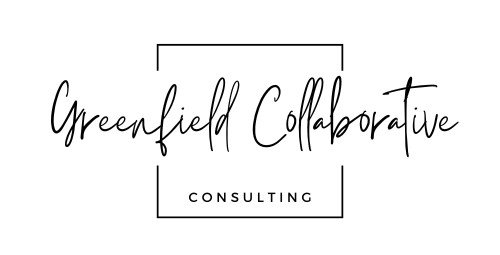Green Infrastructure Workforce Development in NYC (and how to pay for it)
Invest in climate-related workforce development programs in environmental justice communities—funded with a stormwater fee.
There is no issue of greater importance to New York City’s future than adapting to our changing climate.
City leaders are already taking aggressive steps to protect communities from storms, extreme heat, and sea level rise. Yet there is an opportunity to do more. The city should link its adaptation efforts with workforce development in the BIPOC communities most harmed by environmental injustice.
How to fund such a program? With a stormwater fee.
This fee would also incentivize water retention on private property to reduce catastrophic flooding in neighborhoods and sewage overflows into local waterways.
Philadelphia and hundreds of other cities have already established stormwater fees which charge property owners based on the amount of water discharged into their overburdened sewer systems. (A tiered fee structure can be crafted to avoid overburdening low-income property owners.) Property owners who introduce water-capturing green elements—trees, rain gardens, rain barrels, green roofs, porous pavement—pay a lower fee.
While reducing sewage in NYC’s waterways would by itself be an important outcome, the funds created from the fee could be linked to righting harms in BIPOC communities.
One model is Philadelphia’s PowerCorps. The program supports job training in green fields rooted in community-based workforce development; government agencies also hire the program’s graduates and create ladders for them to advance in their careers.
Also check out the RAIN Coalition in NYC. RAIN stands for Rain Garden Action in Neighborhoods, and the Coalition is piloting a new model of high quality rain garden maintenance linked with workforce development.
